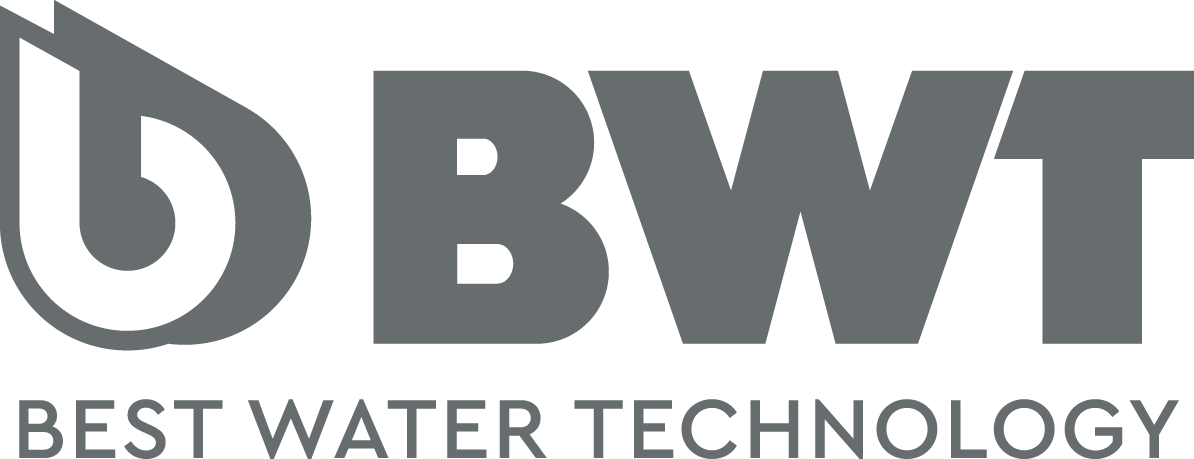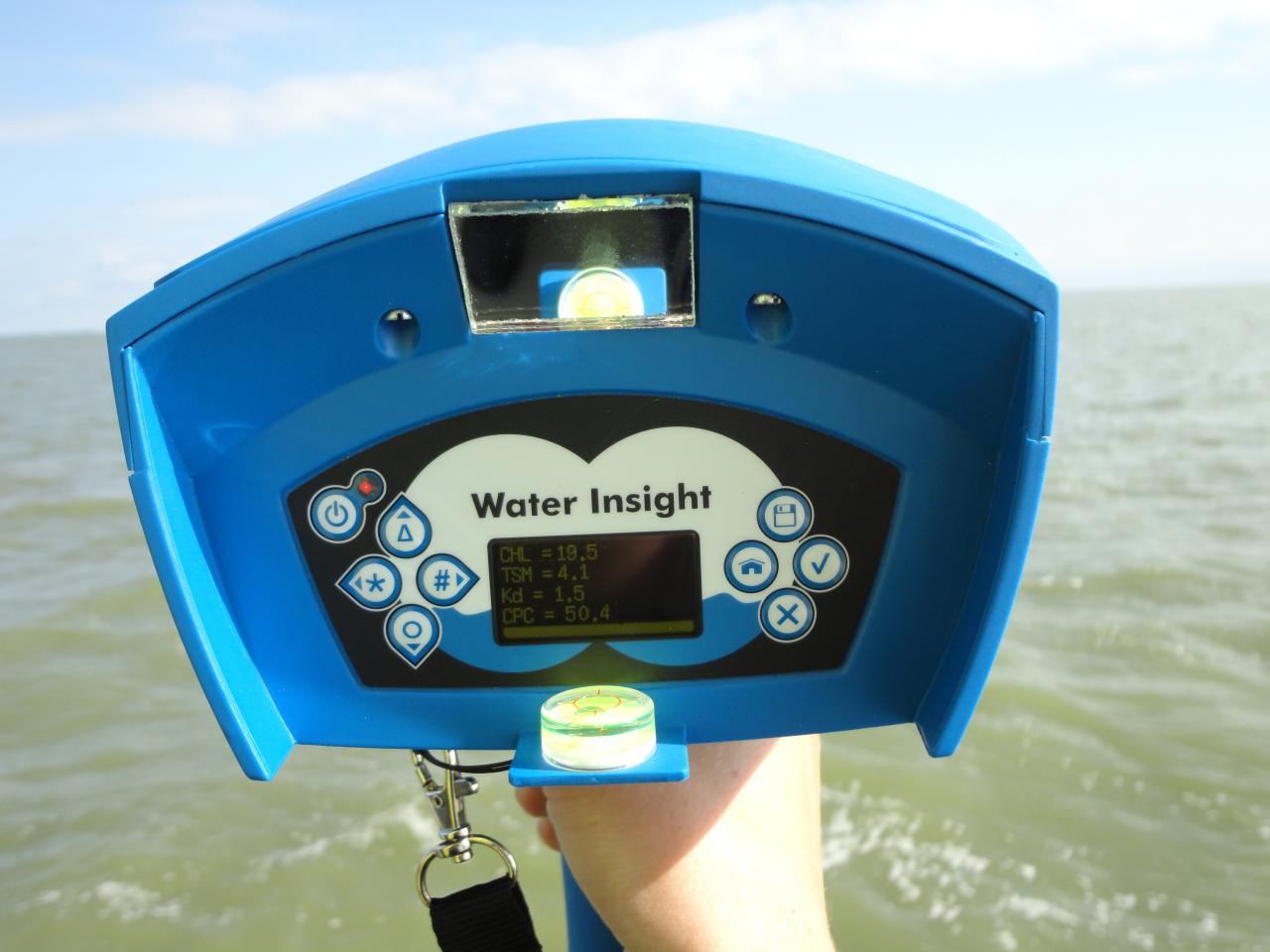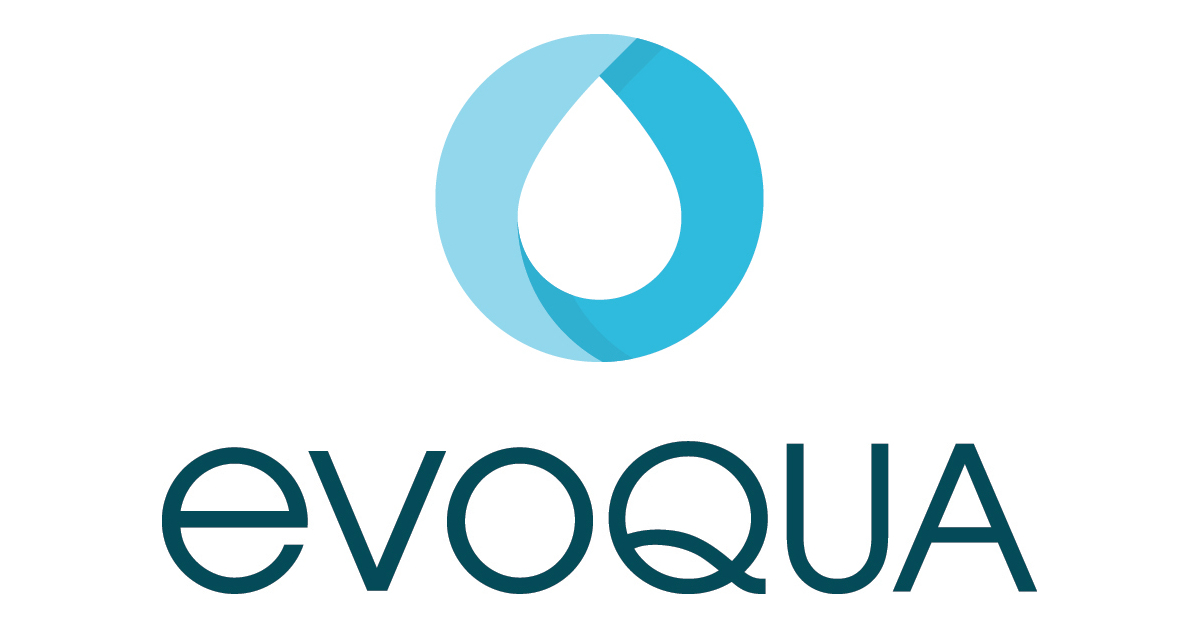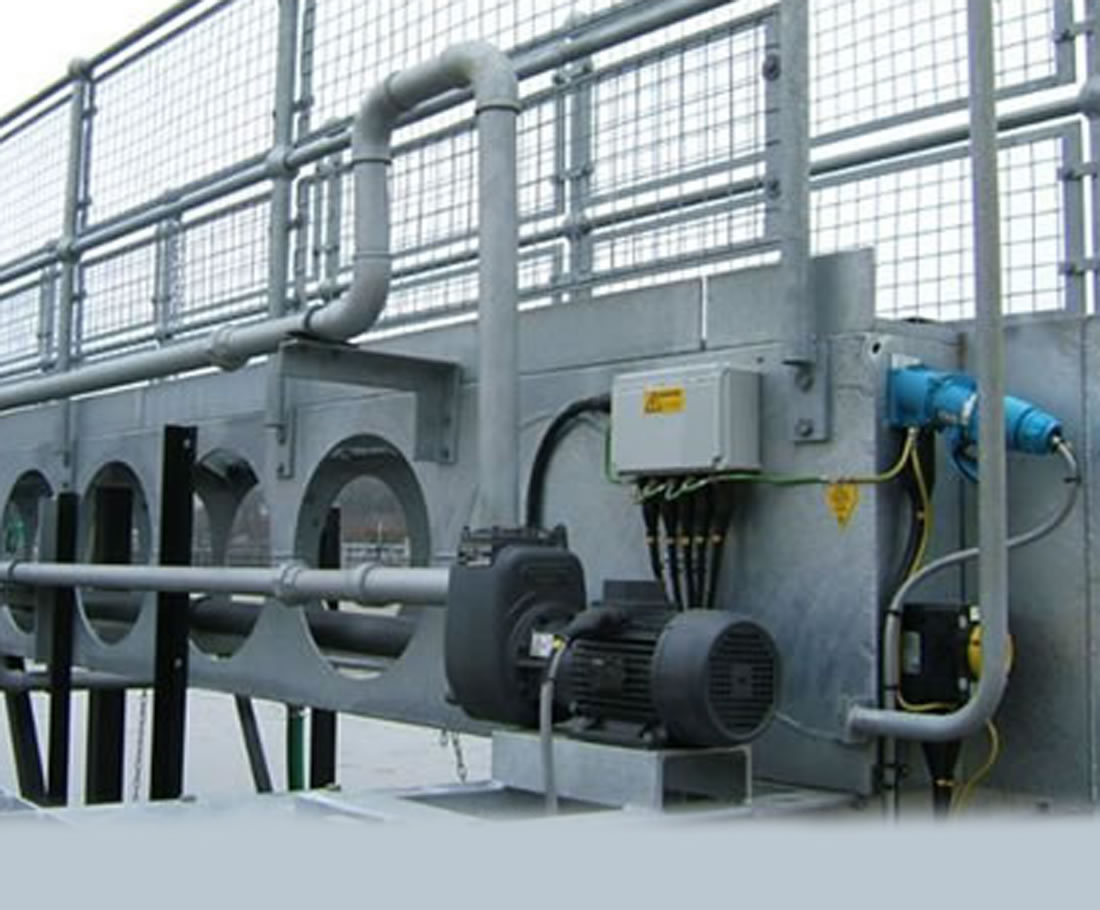Pure Water Technology Cost: A Comprehensive Guide
Pure water technology cost is a critical factor in many industries, from manufacturing to healthcare. Obtaining pure water requires specialized equipment and processes, leading to varying costs depending on the […]
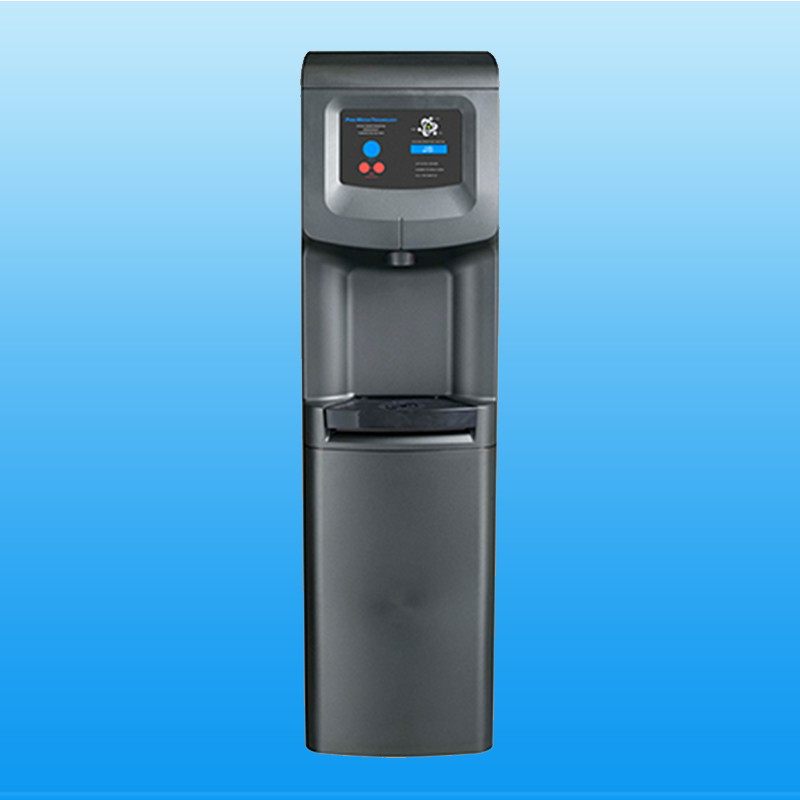
Pure water technology cost is a critical factor in many industries, from manufacturing to healthcare. Obtaining pure water requires specialized equipment and processes, leading to varying costs depending on the desired purity level, water source quality, and system scale.
This guide explores the diverse landscape of pure water technology, delving into the various methods employed, their associated costs, and factors influencing cost optimization. We’ll analyze the cost implications of different technologies, highlighting the long-term financial benefits of investing in pure water solutions.
Introduction to Pure Water Technology
Pure water, often referred to as deionized water or ultrapure water, is water that is free from dissolved impurities, such as minerals, salts, and organic matter. It plays a vital role in various industries, including pharmaceuticals, electronics, and power generation.
The importance of pure water stems from its unique properties, which make it suitable for specific applications. For instance, in pharmaceuticals, pure water is essential for drug production, as impurities can affect the efficacy and safety of medications. Similarly, in electronics manufacturing, pure water is used to clean semiconductor wafers and other components, preventing contamination that can lead to device failure.
Methods of Producing Pure Water
Different methods are employed to produce pure water, each with its own advantages and disadvantages. These methods are categorized based on the level of purity achieved and the specific requirements of the application.
- Distillation: This method involves heating water to its boiling point, collecting the vapor, and condensing it to produce pure water. Distillation is effective in removing most impurities, but it is an energy-intensive process.
- Reverse Osmosis: This method uses a semi-permeable membrane to separate water molecules from dissolved impurities. Reverse osmosis is a highly efficient and cost-effective method for producing pure water, making it widely used in various applications.
- Deionization: This method involves removing ions from water using ion exchange resins. Deionization is effective in producing water with very low conductivity, making it suitable for applications where high purity is required.
- Ultrafiltration: This method uses a membrane with very small pores to remove suspended particles and larger molecules from water. Ultrafiltration is commonly used in water treatment plants to remove bacteria and viruses.
Cost Analysis of Different Technologies
The cost of pure water technology varies depending on the technology used, the capacity required, and the desired output quality. This section analyzes the cost of different pure water technologies, providing a comparison based on capacity and output. It also discusses the long-term cost implications, including maintenance and operational expenses.
Cost Comparison of Different Technologies
This section compares the cost of different pure water technologies based on their capacity and output. The cost per unit of pure water produced is a crucial factor in determining the economic viability of a particular technology.
- Reverse Osmosis (RO): RO is a widely used technology for producing pure water. The cost of an RO system depends on the capacity and the quality of the feed water. A small-scale RO system for household use can cost a few hundred dollars, while a large-scale industrial RO system can cost millions of dollars. The cost per unit of pure water produced by RO systems generally decreases with increasing capacity. For example, a small-scale RO system with a capacity of 100 gallons per day might cost $0.50 per gallon, while a large-scale RO system with a capacity of 1 million gallons per day might cost $0.10 per gallon.
- Distillation: Distillation is another common method for producing pure water. Distillation systems are generally more expensive than RO systems, but they can produce higher-quality water. The cost of a distillation system also depends on its capacity and the quality of the feed water. A small-scale distillation system for household use can cost a few hundred dollars, while a large-scale industrial distillation system can cost millions of dollars. The cost per unit of pure water produced by distillation systems is generally higher than that of RO systems, but it can be justified if high-quality water is required.
- Ion Exchange: Ion exchange is a technology that uses specialized resins to remove ions from water. It is often used in conjunction with other technologies, such as RO, to produce high-quality pure water. The cost of an ion exchange system depends on the capacity and the type of resins used. A small-scale ion exchange system for household use can cost a few hundred dollars, while a large-scale industrial ion exchange system can cost millions of dollars. The cost per unit of pure water produced by ion exchange systems is generally lower than that of distillation systems but higher than that of RO systems.
Long-Term Cost Implications
The long-term cost of pure water technology includes maintenance and operational expenses. These expenses can vary significantly depending on the technology used, the capacity of the system, and the quality of the feed water.
- Maintenance: All pure water technologies require regular maintenance to ensure optimal performance and longevity. Maintenance costs include the cost of consumables, such as filters and membranes, as well as the cost of labor for cleaning and repairs. The frequency of maintenance depends on the type of technology and the quality of the feed water. For example, RO systems typically require more frequent membrane replacement than distillation systems.
- Operational Expenses: Operational expenses include the cost of energy, water, and chemicals used in the purification process. The cost of energy is a significant factor in the long-term cost of pure water technology. For example, distillation systems are energy-intensive, while RO systems are relatively energy-efficient. The cost of water is also a factor, especially if the feed water is of poor quality and requires pre-treatment. The cost of chemicals used in the purification process can also be significant, especially for technologies that use chemicals, such as ion exchange.
Cost Per Unit of Pure Water Produced
| Technology | Capacity (gallons per day) | Cost per unit (dollars per gallon) |
|—|—|—|
| Reverse Osmosis (RO) | 100 | $0.50 |
| Reverse Osmosis (RO) | 1,000 | $0.25 |
| Reverse Osmosis (RO) | 1,000,000 | $0.10 |
| Distillation | 100 | $1.00 |
| Distillation | 1,000 | $0.50 |
| Distillation | 1,000,000 | $0.25 |
| Ion Exchange | 100 | $0.75 |
| Ion Exchange | 1,000 | $0.40 |
| Ion Exchange | 1,000,000 | $0.20 |
The cost per unit of pure water produced is influenced by several factors, including the technology used, the capacity of the system, the quality of the feed water, and the operating costs.
Factors Affecting Cost Optimization
Optimizing the cost of pure water technology is crucial for ensuring both economic viability and sustainability. Achieving this goal involves a multifaceted approach, considering various factors that directly influence the overall cost.
Efficient System Design and Operation
A well-designed pure water system, optimized for the specific application and water source, is fundamental to minimizing operating costs. The following aspects contribute to efficient system design and operation:
- Proper Sizing: Oversizing a system leads to higher capital expenditure and unnecessary energy consumption. Accurate sizing based on water demand and quality ensures optimal performance without waste.
- Minimizing Energy Consumption: Energy-efficient pumps, membranes, and control systems are crucial for reducing operational costs. Implementing technologies like variable-speed pumps and optimizing pressure settings can significantly lower energy consumption.
- Process Optimization: Regularly monitoring and adjusting system parameters, such as flow rates, pressure, and chemical dosages, ensures optimal performance and reduces waste. Implementing automated control systems can further optimize processes and minimize human error.
- Preventive Maintenance: Regular maintenance schedules, including filter changes, membrane cleaning, and system inspections, prevent breakdowns and extend equipment lifespan. Proactive maintenance minimizes downtime and costly repairs.
Water Source Quality Impact
The quality of the raw water source significantly influences the cost of pure water production.
- Contaminant Levels: Higher contaminant levels necessitate more complex and expensive treatment processes, increasing both capital and operational costs. For example, removing dissolved organic matter requires advanced oxidation processes, which are more costly than simple filtration.
- Water Hardness: High water hardness can lead to membrane scaling and reduced efficiency, requiring frequent cleaning and maintenance. Softening the water before treatment can significantly reduce operational costs.
- Seasonal Variations: Fluctuations in water quality due to seasonal changes may require adjustments in treatment processes. Implementing robust pre-treatment systems and monitoring water quality parameters can mitigate the impact of these variations.
Technology Advancements and Innovative Solutions, Pure water technology cost
Ongoing research and development in the field of pure water technology are continuously introducing innovative solutions that offer cost-saving opportunities.
- Membrane Technologies: Advancements in membrane materials and designs, such as thin-film composite membranes and nanofiltration membranes, have significantly improved efficiency and reduced energy consumption. These technologies can offer higher rejection rates and lower operating pressures, leading to lower overall costs.
- Automation and Control Systems: Sophisticated automation and control systems can optimize system performance, minimize waste, and reduce manual labor costs. Real-time monitoring and data analysis enable proactive maintenance and process adjustments, further reducing operational costs.
- Renewable Energy Integration: Utilizing renewable energy sources, such as solar or wind power, can significantly reduce energy costs associated with pure water production. This approach promotes sustainability and lowers environmental impact.
Outcome Summary: Pure Water Technology Cost

Investing in pure water technology involves a careful assessment of costs and benefits. By understanding the factors influencing cost, analyzing different technologies, and optimizing system design, businesses can make informed decisions that maximize their return on investment. As technology advances, innovative solutions continue to emerge, offering potential cost savings and improved efficiency in the pursuit of pure water.
Investing in pure water technology can be a significant expense, especially for businesses like restaurants. A restaurant technology consultant can help you navigate the options and make informed decisions about the right technology for your needs, ensuring that your investment in pure water technology delivers the best value for your business.
